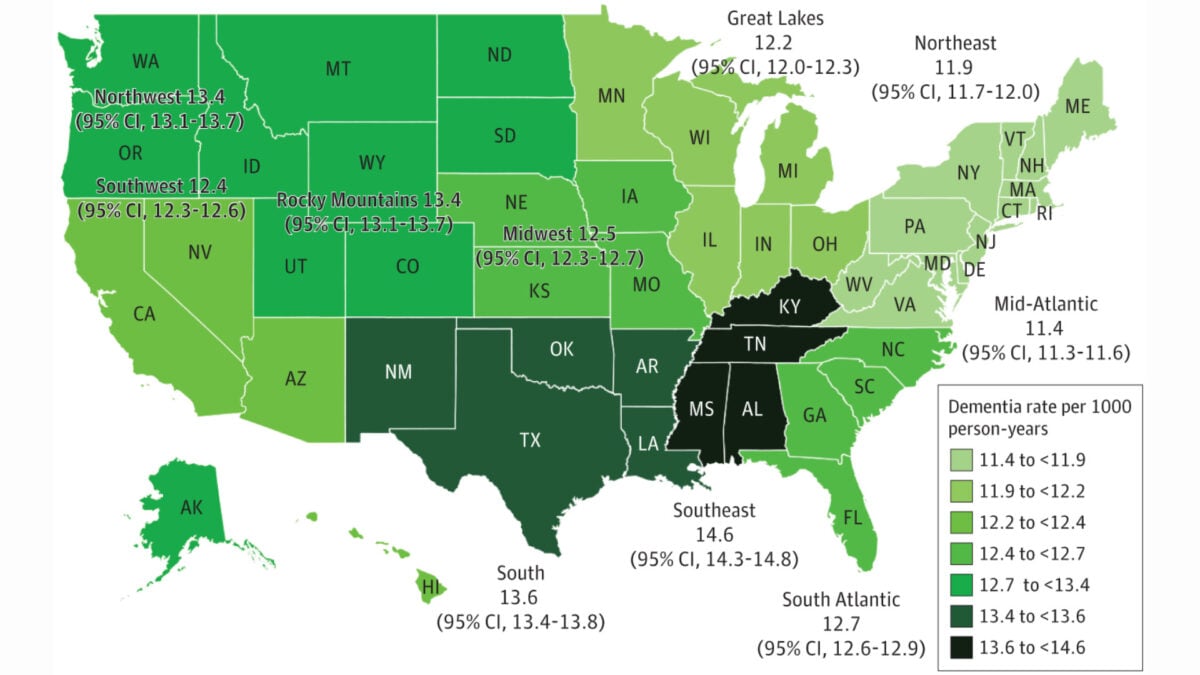A new study has uncovered a concerning connection between chronic cannabis use and an increased risk of cardiovascular disease, irrespective of whether it’s smoked or consumed as edibles. This finding challenges prevalent beliefs about the health impacts of tetrahydrocannabinol (THC), often perceived as a relatively benign substance, particularly when ingested rather than smoked, and highlights a significant cannabis cardiovascular risk.
The research, published on May 28 in the journal JAMA Cardiology, indicated that individuals who smoke THC experience notably poorer artery function compared to non-users. A similar, though less severe, effect was observed in those who consume edibles. In both scenarios, vascular function was diminished by approximately half when compared to individuals who do not use cannabis, according to a statement from the University of California, San Francisco (UCSF).
Study Reveals Impaired Artery Function from THC
The UCSF researchers found that the implications of THC on vascular health are significant. “Scientifically, this THC result is really interesting but boy does it screw up the public health messaging,” co-author Matt Springer, a cardiovascular researcher at UCSF, reportedly said to lead author and UCSF physician-scientist Leila Mohammadi upon reviewing the data. This candid remark underscores the surprising nature of the findings regarding THC artery function, even for seasoned researchers. The study meticulously detailed how both smoked and ingested THC correlated with compromised endothelial function, a key factor in cardiovascular health.
Growing Evidence of Cannabis-Related Heart Damage
These findings contribute to an expanding body of evidence suggesting that long-term cannabis use can lead to cardiovascular damage and potentially life-threatening events like heart attacks and strokes. However, a definitive consensus among experts on the precise impacts of THC heart health is still developing. Supporting this, a 2024 study published in the Journal of the American Heart Association discovered that daily cannabis consumers had a 25% higher risk of heart attack and a 42% increased risk of stroke compared to non-users. Such statistics emphasize the critical need to understand the full spectrum of marijuana artery damage. For those interested in broader health metrics, you might want to read more about [understanding heart health indicators](link_to_MaagX_article_on_heart_health_metrics).
How Researchers Assessed Vascular Impact
For this new investigation into how cannabis affects vascular function cannabis, researchers recruited 55 otherwise healthy adults aged 18 to 50. A key criterion for participation was that they did not use any form of nicotine and were not frequently exposed to secondhand smoke, aiming to isolate the effects of chronic cannabis use.
The participants were categorized into three groups: marijuana smokers, edible users, and non-users. Individuals in the two cannabis user groups reported using the drug at least three times per week, either exclusively through smoking or via edibles. This careful selection and grouping allowed for a focused analysis of chronic cannabis use patterns.
To evaluate the participants’ vascular function, the research team measured the dilation of the brachial artery, located in the upper arm. This measurement determines the artery’s ability to expand properly in response to increased blood flow. The procedure involved using an inflatable forearm cuff to temporarily halt blood flow to the artery, followed by ultrasound measurements of its diameter before and after the cuff’s inflation. Matt Springer, whose UCSF lab spearheaded the study, told Live Science that this test provides a “window into the future,” indicating that when blood vessels cannot fully dilate, the risk of heart attack and other adverse cardiovascular outcomes rises.
Significant Reduction in Blood Vessel Dilation Observed
The results were striking. Participants who did not consume cannabis exhibited an average vessel dilation—represented as the percent change from the baseline measurement of artery diameter—of 10.4%. This figure was significantly lower among both weed smokers and edible users, who showed average vessel dilations of 6.0% and 4.6%, respectively. For context, typical values for brachial artery dilation in healthy individuals generally range from 8.0% to 15%. In a prior study, Springer’s lab found similarly diminished levels of vessel dilation among users of e-cigarettes and traditional cigarettes. To stay updated on devices that monitor such health parameters, you can explore our [review of the latest health tech wearables](link_to_MaagX_wearables_review).
Uncovering the Mechanisms: Nitric Oxide and THC
To better understand the physiological changes induced by THC, the researchers conducted laboratory tests. These tests aimed to determine how endothelial cells—which form the lining of blood vessels and release nitric oxide to facilitate dilation—responded to blood samples from the participants. The analysis revealed that the blood of chronic cannabis smokers inhibited nitric oxide production in these cells. This inhibition may explain the observed reduction in vessel dilation among these participants.
Interestingly, this specific effect on nitric oxide production was not seen in edible consumers. This suggests that ingestible THC might impact arterial function through an entirely different biological mechanism. Identifying this alternative pathway will necessitate further research. Moreover, the study’s authors acknowledge that subsequent research involving larger and more diverse populations will be crucial to validate these initial findings and to fully understand the cannabis cardiovascular risk landscape.
Cannabis use among U.S. adults has reached unprecedented levels in recent years, as reported by the NIH’s National Institute on Drug Abuse. Consequently, a thorough investigation into the health effects of THC is more critical than ever. As evidence continues to mount, the long-held perception of cannabis as a harmless recreational substance is increasingly being challenged, particularly concerning long-term cardiovascular health. As research evolves, understanding these potential health implications becomes increasingly important for informed decision-making.











